What Types Of Memory Cards Are There?
In the realm of digital storage, memory cards are essential components used in various electronic devices such as cameras, smartphones, tablets, and gaming consoles. Choosing the right type of memory card can significantly enhance the performance and storage capability of your device. As the market offers a multitude of options, understanding the different types and their specifications is crucial for making an informed decision. This article will guide you through the primary categories of memory cards, their features, and their most suitable applications.
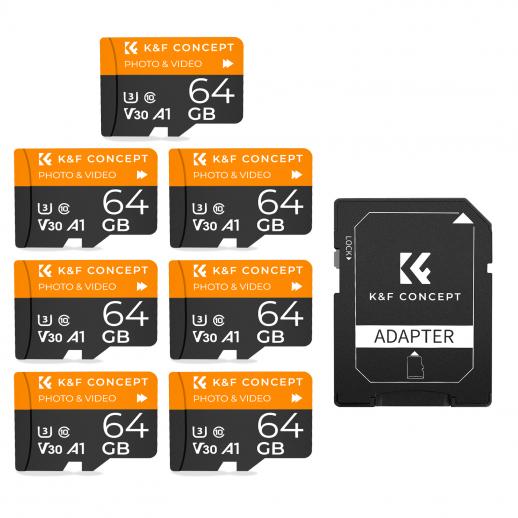
1. Secure Digital (SD) Cards
- SD Card
The basic Secure Digital (SD) card is among the most common types of memory cards. Available in capacities ranging from 128 MB to 2 GB, SD cards are mostly used in older devices like cameras and handheld gaming devices.
- SDHC Card
Secure Digital High Capacity (SDHC) cards extend the storage range of standard SD cards, offering capacities between 4 GB to 32 GB. These cards are commonly used in newer models of cameras, camcorders, and other digital devices that require more storage.
- SDXC Card
Secure Digital eXtended Capacity (SDXC) cards push the limits even further, providing storage capacities from 32 GB up to 2 TB. These cards are perfect for high-resolution video recording, professional photography, and extensive data storage.
- SDUC Card
The latest in the SD card family is the Secure Digital Ultra Capacity (SDUC) card. These cards boast storage possibilities of up to 128 TB, although they are relatively new to the market. They are ideal for upcoming high-capacity storage needs.
2. MicroSD Cards
- microSD Card
The microSD card is a miniature version of the standard SD card and is widely used in smartphones, tablets, and drones. Capacities range from 128 MB to 2 GB, similar to the standard SD cards but are specifically designed for portable devices requiring minimal space.
- microSDHC Card
The microSD High Capacity (microSDHC) cards offer more extensive storage ranging from 4 GB to 32 GB. They are popular in higher-end smartphones and portable gaming devices.
- microSDXC Card
MicroSD eXtended Capacity (microSDXC) cards deliver massive storage, from 32 GB up to 2 TB. These high-capacity cards are extremely useful for 4K video recording and high-resolution photography.
3. CompactFlash (CF) Cards
CompactFlash (CF) cards are known for their durability and high performance, making them ideal for professional photographers and video producers. They offer rapid read/write speeds and come in two types:
- Type I CF Card
Type I CF cards are 3.3 mm thick and are the most commonly used CF cards. Their capacities typically range from 2 GB to 128 GB, depending on the technology used.
- Type II CF Card
Type II CF cards are thicker than their Type I counterparts, measuring 5 mm. This extra thickness allows for higher storage capacities and more advanced features, although they are less common.
4. Memory Stick
Memory Stick is a proprietary memory card format developed by Sony. While less prevalent than SD and CF cards, they are still in use for specific Sony products.
- Memory Stick PRO
This variant is an enhanced version of the original Memory Stick, featuring faster data transfer rates and larger capacities—up to 32 GB.
- Memory Stick PRO Duo
The Memory Stick PRO Duo combines the benefits of the standard Memory Stick PRO with a smaller form factor, making it suitable for portable devices like cameras and game consoles. Capacities range from 128 MB to 32 GB.
- Memory Stick Micro (M2)
Specifically designed for mobile phones, the Memory Stick Micro (M2) card is even smaller than the Memory Stick PRO Duo. It offers capacities from 128 MB up to 16 GB.
5. XQD Cards
XQD cards are the next generation in high-performance memory cards, developed by Sony and Nikon. These cards are designed for professional use and offer extremely fast read/write speeds, making them perfect for 4K video recording and continuous burst photography. Capacities start at 32 GB and go up to 2 TB, with transfer speeds that can exceed 400 MB/s.
6. CFast Cards
CFast cards are an upgraded version of CompactFlash cards, designed to meet the needs of high-end video recording and professional photography. They offer speeds up to 600 MB/s and are available in capacities ranging from 32 GB to 2 TB.
7. UFS Cards
Universal Flash Storage (UFS) cards are the newest innovation in memory cards, designed to replace eMMC and other legacy formats in high-performance devices. These cards offer improved performance and efficiency, making them ideal for advanced applications like next-generation smartphones, tablets, and digital cameras. Capacities can range from 32 GB to 1 TB or more.
Practical Considerations
When selecting a memory card, consider the following factors to ensure compatibility and optimal performance:
- Device Compatibility
Ensure that your chosen memory card is compatible with your device. Check your device’s specifications to see which type of memory card it supports.
- Speed Classes
Memory cards come with different speed ratings, which indicate their read/write performance. Speed ratings are particularly important for activities like video recording, where lower-rated cards may not suffice.
- Class 2, 4, 6, 10: These are standard speed classes, suitable for various applications depending on their rating.
- UHS-I, UHS-II, UHS-III: These are Ultra High-Speed class cards, offering faster transfer rates for high-performance applications.
- V30, V60, V90: These are Video Speed Classes, specifically rated for video recording.
- Capacity Requirements
Identify your storage needs. High-resolution photography and HD video recording will require more storage capacity compared to standard definition content or simple file storage.
- Durability and Reliability
Memory cards are often used in challenging environments. Consider cards that offer additional features like waterproof, shockproof, and X-ray proof properties to safeguard your data.
The array of memory card types and specifications can be overwhelming, but understanding the basic categories and their respective applications will enable you to make an informed decision. From standard SD cards to the latest UFS cards, each type offers unique advantages and is tailored for specific tasks. By considering factors such as device compatibility, speed ratings, capacity requirements, and durability, you can select the most suitable memory card for your needs, ensuring optimal performance and reliability for your digital storage.
Armed with this knowledge, you can now confidently choose the right memory card for your device, whether it’s for casual use, professional photography, or advanced video recording.

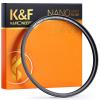
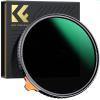

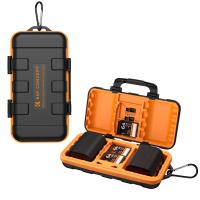


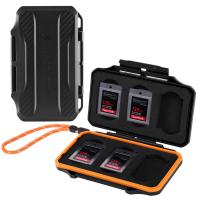
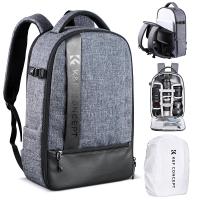

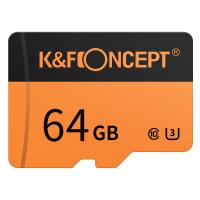

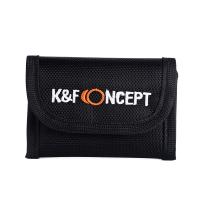


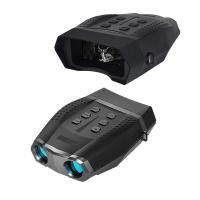
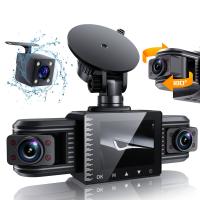
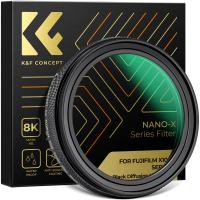
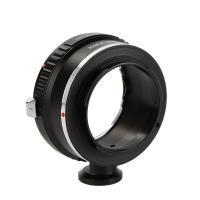
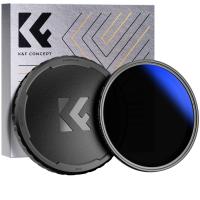
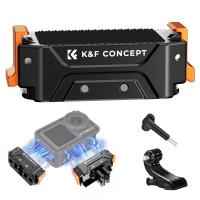

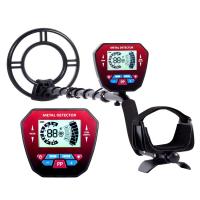
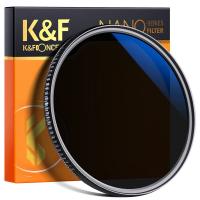

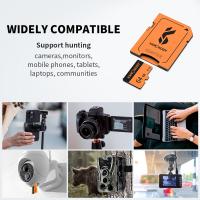

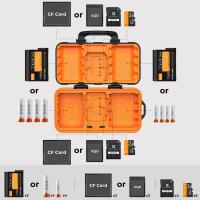

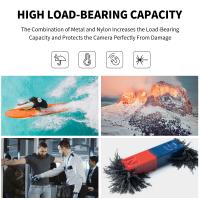
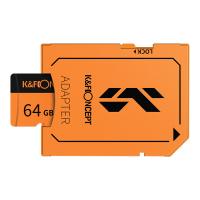

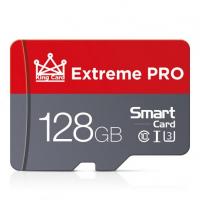

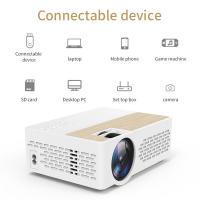
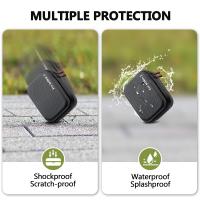
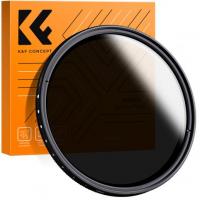
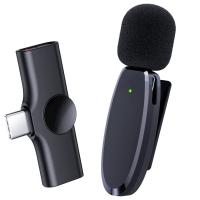
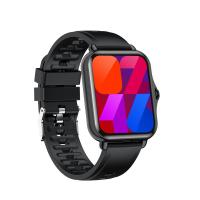

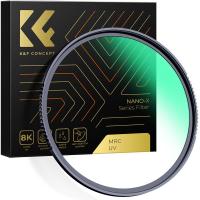

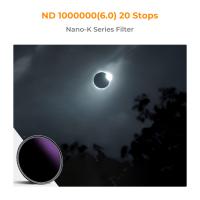
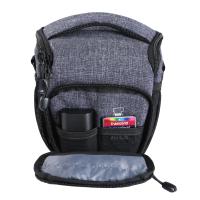
There are no comments for this blog.